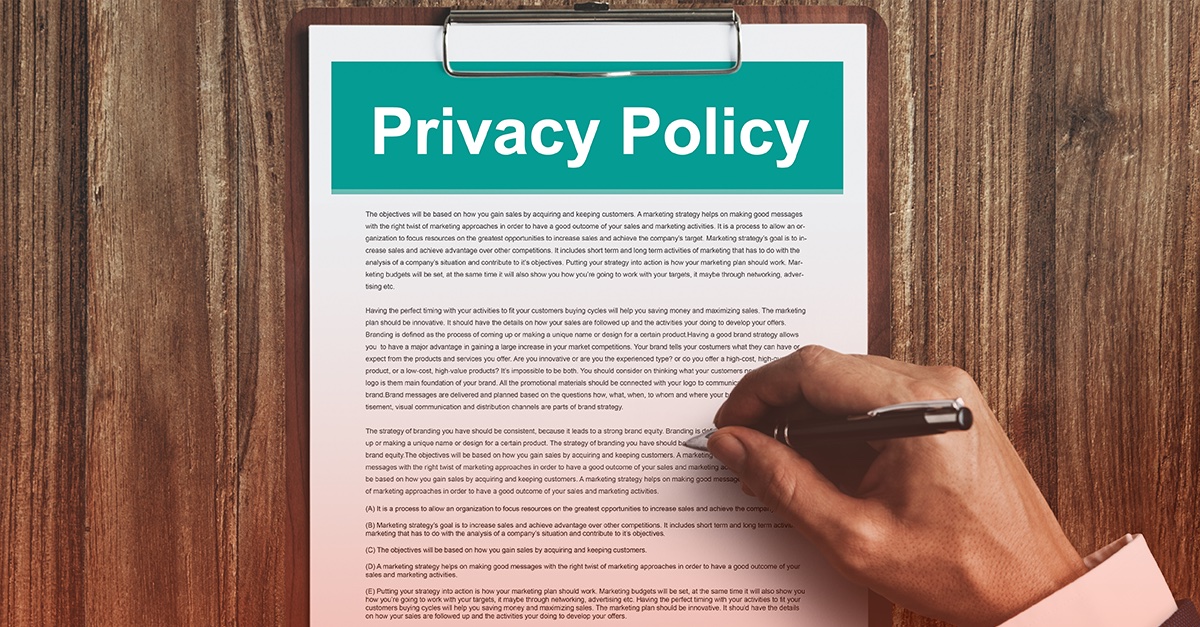
Are you in the process of developing policies for your organization? Are you unsure about what needs to be included in your company’s policies? In this webinar, you’ll hear from Mike Haubenstock, Vice President and Chief Risk and Compliance Officer for Encore Capital, as he provides an overview of the importance of establishing policies for your organization and how to go about doing so in the most efficient way.
What Are Policies?
Often policies, procedures, and guidelines are mistaken as synonymous terms, but they mean different things. Procedures are instructions on how to execute a task or a process, whereas guidelines are best practices. When drafting policies for your organization, then, they are:
- What employees must do or not do
- Directives, limits, principles, and related rules
- Guides for employee decision making and actions
- Risk management processes
- Legal or regulatory requirements and our interpretation of them
- Mandatory rules that are enforced
Having established policies is crucial for all organizations in their attempt to meet their compliance objectives. Policies help define rules, control risk, create a common understanding and language, assist in training employees, and most importantly, help ensure compliance.
What Do I Include When Drafting a Policy?
When you begin drafting your organization’s policies, they should include:
- Rules
- Acceptable versus unacceptable behavior
- Risk appetite or limits
- Approval authorities
- Exceptions and required authorization
- Consequences for non-compliance
- Governance/oversight
- Roles and responsibilities
These policies should be written in a clear, concise format that utilizes active voice in the present tense. By organizing your policies in a way that is easy to navigate, understand, and implement, your employees will be more likely to comply with them.
For more information about policy development, contact us today.



